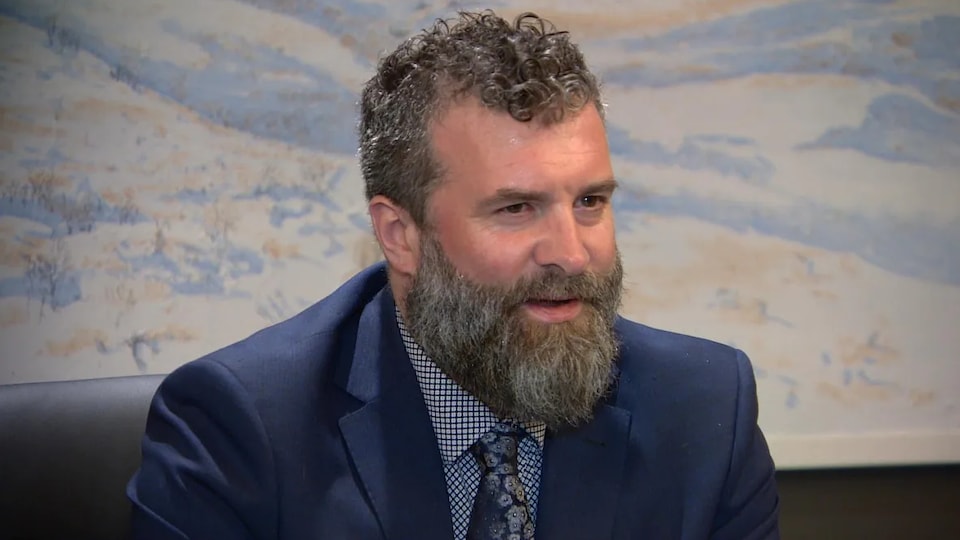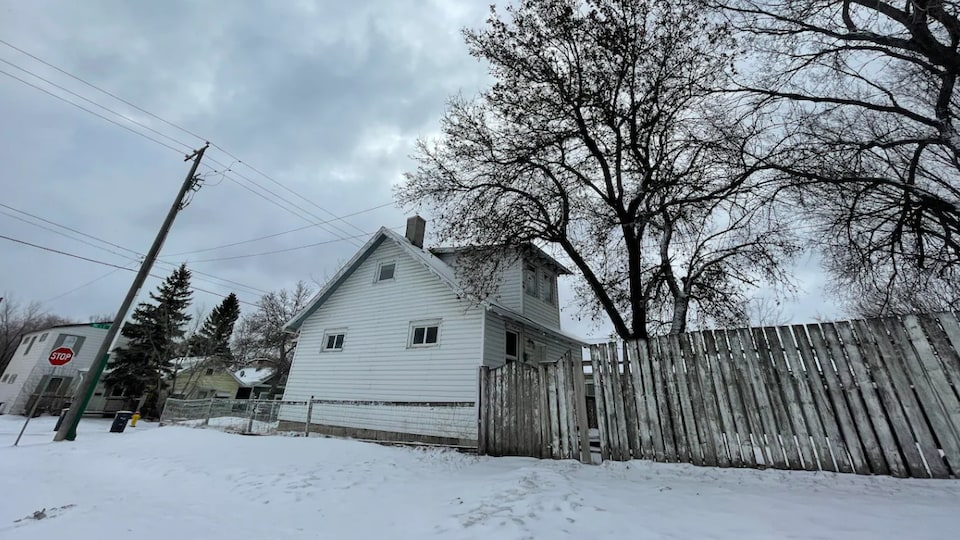That’s the conclusion of a 58-page report submitted based on information contained in the company’s unaudited accounting records.
Network collapse
The report, released on Friday, says entrepreneurs Rochelle LaFlamme and Alisa Thompson started the company Epic Alliance in August 2013. They ran the company until January 19, 2022. On that day, they informed the 121 investors by videoconference that there was no money left in the company’s coffers.
In the report, Peter Chisholm explains how the company has created an ecosystem of interdependent companies (Epic Alliance Real Estate, Epic Alliance Electrical, Epic Accounting and Bookkeepingetc.) employing 118 people and having acquired more than 700 residences in Saskatoon, the majority of them in the central neighborhoods of the City of Bridges.
It is particularly disturbing to see that no documents prior to 2019 have been provided to the investigator
says Saskatoon lawyer representing the investors, Mike Russell.
” From 2013 to 2019, it’s a black box. We have no idea what happened during this period. »
Modus operandi
The company had three main initiatives: a promissory note loan program, a buy-and-sell program, and the Hassle Free Landlord Program
(proprietary program without spat
)
The company encouraged investors to donate between $50,000 and $500,000 in exchange for promissory notes, stripped-down documents that listed the amount of the loan, the date the loan was issued and closed, and the interest rate. interest, usually ranging from 15% to 20%.
These funds had no specific functions. They could be used for any purpose
says attorney Mike Russell.
The buy-and-sell back program guaranteed 10% returns for investors.
The program Hassle Free
led investors, usually located outside the province, to buy the houses acquired by the company through its buy-and-sell program.
The investor took out a mortgage while the company found tenants and took care of the maintenance of the premises. Epic Alliance guaranteed returns of 15% for these investments.
According to the report, 82% of the company’s revenue came from investors, and 18% of revenue came from the company’s various operations.
On the radar
The promissory note program caught the attention of the Financial and Consumer Affairs Authority of Saskatchewan (FCAA), which issued a cease trade order in October 2021.
The order stated that the company Epic Alliance provided financial advice without having obtained a license to do so.
Investigator Peter Chisholm says the company ignored the order altogether. Epic Alliance raised $370,000, from four investors, during the period the cease trade order was in effect.
Disappearance
The report says servers originally located in the basement of the company’s headquarters are missing, presumably removed using a drill found at the scene. A technician has been appointed to erase the data on the servers, intended for resale.
The information still accessible on the main server was disorganized. It contained 260,000 unclassified documents, making the collection of information particularly difficult.
The report could either guide investors to the money that was still accessible or inform them of the methods used to make that money disappear, says Mark Russell. Finally, the report brilliantly explained how these funds disappeared.
Several questions remain unanswered, namely how the company appealed to investors, how it repaid its obligations, how the residences were appraised, and how the mortgages were obtained.
With information from Dan Zakreski
Reference-ici.radio-canada.ca


